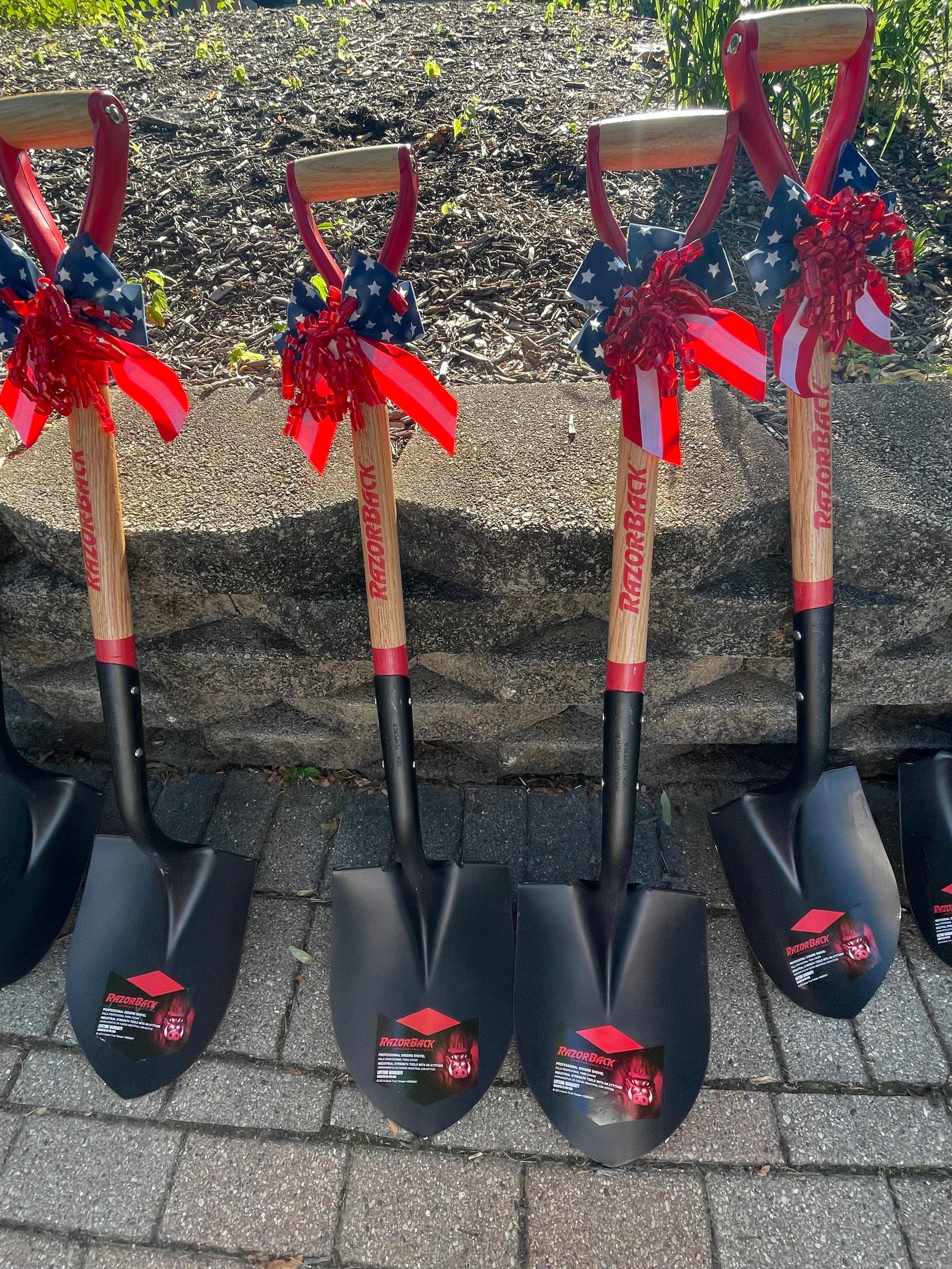Insights from a creative who executes.
We’ve all had ideas, but how do you take a good idea and make it great? Jim Collins has some thoughts about good to great, and so do I. Having spent years (well decades) working with ideas and teams of people, there are four steps I practice to help fledgling ideas take flight. Each step includes personal insights and a story snapshot from practical experience. If you want to read a superb book on making your ideas memorable, I highly recommend the book “Made to Stick” by brother authors Chip and Dan Heath. My insights blend design thinking, practical experience, and thoughts from wise authors, like the Heath brothers.
four steps I practice:
1. Start with empathy.
2. Create and test your hypothesis.
3. Focus your idea.
4. Be remarkable.
Begin with the most important step first, “start with empathy.” Grounding yourself or your team in the heart of the problem and understanding it from the user viewpoint is essential in creating the best possible solutions. “It starts with empathy” is my first corporate value and should be your first step as well.
Start with empathy. The first step in wondering what to do with your idea is to start with empathy. If an idea pops up in your head, it’s just an idea. They come and go, and we rarely take action on them. Don’t be afraid to talk to people about your ideas. Remember, it’s just an idea at this point, and if you want to make it a good idea, you need input. Lots of input. And if you want to make it a great idea, your original thinking will pivot and iterate into an even better solution.
Combining your idea with empathy is the secret ingredient if you are willing to do the work. Empathy is the act of talking to stakeholders, directly and indirectly, involved with a problem. After actively listening to dozens (or preferably hundreds) of folks about your idea, your insights build, and what the problem is you’re solving may actually shift. Your new understanding helps you build a better (and more correct) solution. Whether you hold a design charrette to gain community insights for designing a new public space, poll users, or sit down for coffee with community members to identify problems, empathy is the needed ingredient. Once you identify and include people already involved in the problem your idea addresses, the more likely it is they’ll see themselves in the solution. And the better your solution will be!
Why is this step so often overlooked or skipped? Sadly, the reality is that it simply takes time and effort. And people often think their idea is THE solution without finding out how users feel. Once you have gained empathy, then it’s time to formulate your hypothesis.
Story Snapshot: The 1991 Batavia design charrette to improve Batavia, IL volunteerism drew 100 residents to re-imagine the future. One problem the charrette identified was the need to transform blighted riverfront property. A tangential problem was the lack of community gathering space. These two problems conveniently collided to create a unique solution: the formation of the Batavia Riverwalk project. The Fox River linear park in downtown Batavia was designed and built over eight years using volunteer fundraising and labor, transforming underutilized riverfront property into a signature park. The result? A Batavia Riverwalk that won the State of Illinois’ Hometown Award for Volunteerism and today stands as Batavia’s community gather space and source of pride.
2. Create and test your hypothesis. Start by writing down a hypothesis (based on empathy gained in Step 1). Then test your hypothesis. Your research needs to involve potential users or customers. Ask them questions about how they currently deal with the problem and what they’d like to see in a solution. Then ask more and more stakeholders of different demographics to make sure the evolving solution you are building from your idea is the one that will be used and adopted.
When stakeholders are asked and included, a groundswell effect and adoption of the solution are much more likely. And, besides, people like to be asked and included, don’t you? If you show up and dish out your solution to their problem without doing this step, your idea will likely not be well received or survive to the next step.
Story Snapshot: Mentoring is both a joy and a test of patience for me. Working with entrepreneurship students of all ages, it amazes me how many do not want to do the research to a) identify the competition; b) locate, talk to people involved with the problem; and c) get reactions to their prototype solution. Their idea is that their solution to the problem is the first one ever conceived is typical. Many novice entrepreneurs want to dish out their solution and skip the empathy and hypothesis testing steps. Skipping these steps is a common flaw, which, funny enough, some novice adult entrepreneurs and company intrapreneurs do as well. Millions of dollars and untold hours are wasted every year with new “widgets” and programs introduced with “how do you like it?” All too often, customers respond (or think to themselves), “Why didn’t you ask me for input during the design process?”
3. Focus your idea. We all know KISS (Keep it Simple Stupid), but simplicity is indeed harder than it sounds. Distilling your idea down to the bare essence is brutally hard because it means focusing on your core offering. Being concrete is key to your solution. You can’t be everything to everybody, so figure out which lane is yours and how to reach your customer. If ideas are too esoteric, they lend themselves to creative interpretation. If your solution is unfocused, it will be hard for customers to rally around (or for). So, if you get this far in the evolution of your idea, research confirms your hypothesis, and you’re clear on your solution, now it’s time to launch.
Story Snapshot: A young entrepreneur coming out of college had an idea to team up with some college classmates and start a company. The team had similar skills and enthusiastically decided what their business was (based on their skills). They developed and launched a website, printed up business cards, and waited. Not much business came their way. Why? Because they didn’t start from a place of empathy, didn’t research their competition, didn’t know who their target market was, and didn’t develop a team with diverse skills needed in business (who was making sales?). They had a great product and a creative team but could not stay in business long because they just executed their solution without testing their hypothesis or doing the hard homework.
4. Make it remarkable. Thinking you can simply hang out your shingle or launch a website and expect orders and customers to roll in is unrealistic. The last step of launching your idea is to make it memorable. Chip and Dan Heath recommend: “make it unexpected.” You know the memorable businesses, organizations, and events you support, so figure out how to be one.
Story Snapshot: One of my favorite gorilla marketing ideas was executed while serving as a downtown manager promoting the Halloween-themed festival called BatFest. A couple of weeks before BatFest, I started spray-chalking bat graphics (using a stencil) throughout our downtown on windows and sidewalks. As the event drew closer, more bats appeared, and more buzz was created throughout the town. Residents wondered who was creating the art for what purpose. The idea to promote the festival met the event marketing goals of being low cost, memorable, and creating buzz throughout town.
Living through a pandemic has given us all space and time to think. What idea is ruminating inside your head? Get it out by starting with empathy, creating and testing your hypothesis, focusing your solution, and being remarkable. Ideas are common. And because those of us willing to do the work of making good ideas great are few, your chances are exponentially better when you follow these four steps. In challenging times, sometimes the best ideas emerge out of necessity. Will you act on those or let them pass? Maybe the worst of times is the best time to roll up your sleeves and get started.































